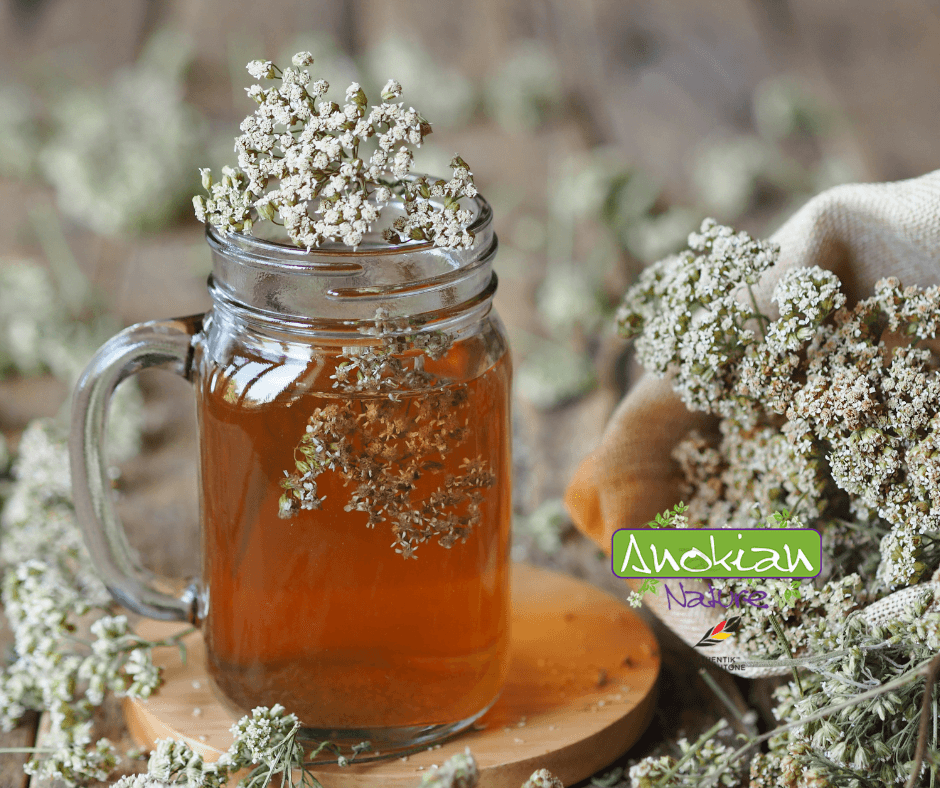Skip to product information










Seed | Yarrow
$3.99 CAD
Quantity
Yarrow (Achillea millefolium) seeds carefully grown to ensure optimal germination. This hardy perennial produces delicate white umbels and finely cut foliage.